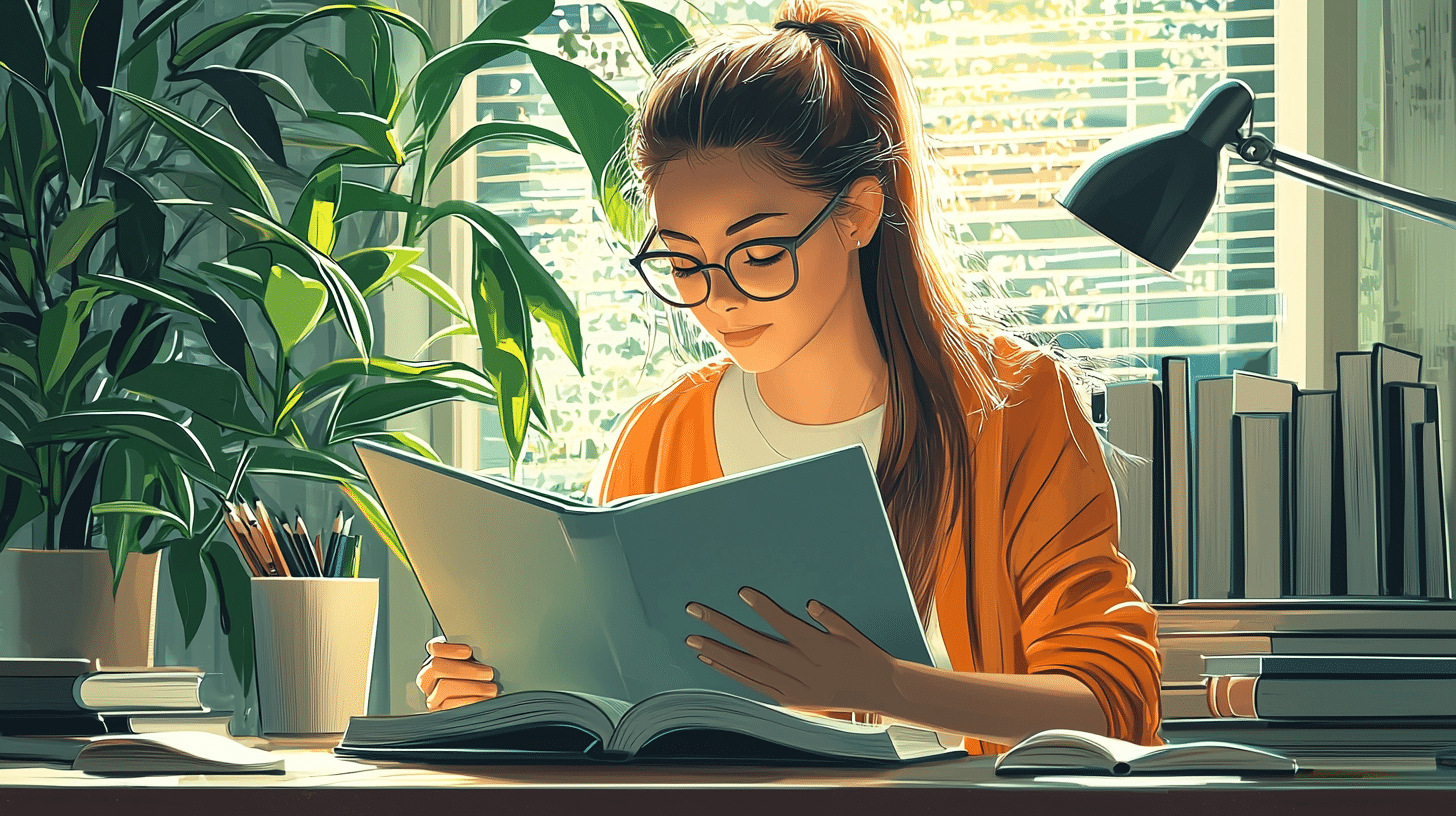Learning a new language can be an exciting journey, especially when it comes to understanding and describing the world around us. One important aspect of language learning is being able to describe textures, as it allows you to express yourself more vividly and accurately. Whether you’re complimenting the soft fabric of a friend’s shirt or describing the rough surface of a rock, having the right vocabulary is essential. In this article, we will explore some essential Thai words for describing textures, helping you to enrich your Thai vocabulary and make your conversations more dynamic and engaging.
Soft Textures
One of the most commonly encountered textures is softness. Whether you’re talking about a plush toy, a cozy blanket, or even soft skin, knowing how to describe softness in Thai will be incredibly useful.
1. **นุ่ม (nûm)** – This is the general word for soft in Thai. You can use it to describe anything that feels gentle and pleasant to the touch. For example, “ผ้านี้นุ่มมาก (phâa níi nûm mâak)” means “This fabric is very soft.”
2. **นิ่ม (nîm)** – This word is also used to describe something soft, but it often has a slightly squishy or pliable quality to it. For instance, “ขนมปังนี้นิ่ม (khà-nŏm bpang níi nîm)” translates to “This bread is soft.”
Rough Textures
On the opposite end of the spectrum, rough textures are just as important to describe. Whether you’re walking on a gravel path or feeling the bark of a tree, these words will help you articulate the sensation.
1. **หยาบ (yàap)** – This is the general term for rough. You can use it to describe any surface that feels abrasive. For example, “กระดาษนี้หยาบ (grà-dàat níi yàap)” means “This paper is rough.”
2. **สาก (sàak)** – This word specifically refers to a rough texture that has a gritty or grainy feel. For example, “ทรายนี้สาก (saai níi sàak)” translates to “This sand is rough.”
Smooth Textures
Smooth textures are often associated with elegance and comfort. Knowing how to describe something smooth can help you convey a sense of luxury or ease.
1. **เรียบ (rîap)** – This is the general word for smooth in Thai. You can use it to describe anything that feels even and free of roughness. For example, “หินนี้เรียบ (hĭn níi rîap)” means “This stone is smooth.”
2. **มัน (man)** – This word is used to describe a smooth texture that also has a shiny or oily quality. For example, “พื้นนี้มัน (péun níi man)” translates to “This floor is smooth and shiny.”
Hard Textures
Hard textures are often associated with durability and strength. Whether you’re talking about a sturdy piece of furniture or a solid metal object, these words will come in handy.
1. **แข็ง (khăeng)** – This is the general term for hard. You can use it to describe any surface that feels solid and unyielding. For example, “โต๊ะนี้แข็ง (dtó níi khăeng)” means “This table is hard.”
2. **แน่น (nâen)** – This word is used to describe a hard texture that is also tightly packed or dense. For example, “ฟูกนี้แน่น (fôok níi nâen)” translates to “This mattress is firm.”
Sticky Textures
Sticky textures can be both pleasant and unpleasant. Whether you’re talking about a sticky dessert or something that needs to be cleaned up, these words will help you describe it accurately.
1. **เหนียว (nĭao)** – This is the general word for sticky. You can use it to describe anything that feels tacky or adhesive. For example, “ขนมนี้เหนียว (khà-nŏm níi nĭao)” means “This dessert is sticky.”
2. **หนึบ (nùep)** – This word is often used to describe a chewy and sticky texture, particularly in food. For example, “ขนมนี้หนึบ (khà-nŏm níi nùep)” translates to “This dessert is chewy and sticky.”
Wet and Dry Textures
Describing wet and dry textures is essential in everyday conversations, whether you’re talking about the weather, food, or various objects.
1. **เปียก (bpìak)** – This is the general word for wet. You can use it to describe anything that is damp or soaked. For example, “ผ้านี้เปียก (phâa níi bpìak)” means “This cloth is wet.”
2. **แห้ง (hâeng)** – This is the general term for dry. You can use it to describe anything that is free from moisture. For example, “ผ้านี้แห้ง (phâa níi hâeng)” translates to “This cloth is dry.”
Glossy and Matte Textures
Glossy and matte textures are often used to describe the finish of various surfaces, from paper to paint. Knowing these words can help you make more precise descriptions.
1. **เงา (ngao)** – This is the general word for glossy. You can use it to describe anything that has a shiny, reflective surface. For example, “กระดาษนี้เงา (grà-dàat níi ngao)” means “This paper is glossy.”
2. **ด้าน (dâan)** – This is the general term for matte. You can use it to describe anything that has a non-reflective, flat finish. For example, “กระดาษนี้ด้าน (grà-dàat níi dâan)” translates to “This paper is matte.”
Elastic and Brittle Textures
Elastic and brittle textures are often used to describe materials that either stretch or break easily. These words are particularly useful when talking about fabrics or food.
1. **ยืดหยุ่น (yûuet-yùn)** – This is the general term for elastic. You can use it to describe anything that can stretch and return to its original shape. For example, “ผ้านี้ยืดหยุ่น (phâa níi yûuet-yùn)” means “This fabric is elastic.”
2. **เปราะ (bpràw)** – This word is used to describe something that is brittle and breaks easily. For example, “แก้วนี้เปราะ (gâew níi bpràw)” translates to “This glass is brittle.”
Final Thoughts
Mastering these essential Thai words for describing textures will significantly enhance your ability to communicate more effectively and vividly. Whether you’re a beginner or an advanced learner, incorporating these words into your vocabulary will allow you to express yourself with greater precision and detail. Practice using these words in sentences and try to incorporate them into your daily conversations. The more you use them, the more natural they will become. Happy learning!

